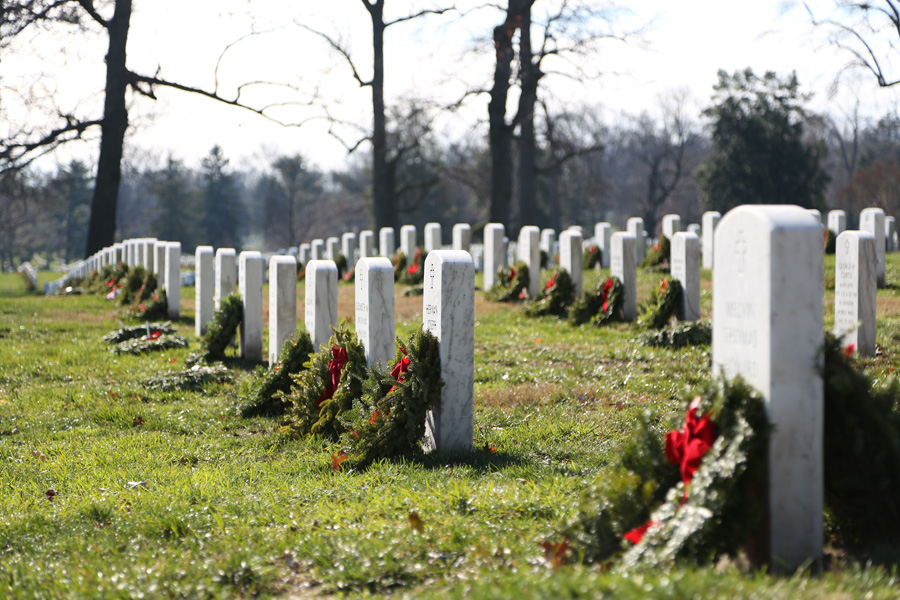
23 Jan By Day and By Night: Washington, D.C. Monuments
I’ve always been interested in history, but it wasn’t until the last few years that I became intrigued with American history. With my new-found love of American history and especially after watching the movie Lincoln, I was excited and ready to explore the historic sites through the Washington, D.C. monuments.
The National Mall includes the majority of the most popular sites in the district area, all of which call for a visit; however, the feel and look of the monuments change quite drastically from day to night. It is worth checking the monuments out during both times of the day, but I was surprised to find I enjoyed the walk and views much more at night. The crowds were smaller, the walk was more peaceful and the monuments glowed beautifully. A great feature about the museums and monuments is that they are all free! You could spend days exploring the area, and not spend a dime on admission; however, the area does cover quite a bit of ground, more than 2 miles, so be prepared to walk. Here are some of the main sites along the National Mall that we enjoyed.
The Capitol
Starting at the far end of the National Mall, the Capitol building sits high on the hill and overlooks the rest of the monuments. Tours are offered Monday-Saturday from 8:30 a.m. – 4:30 p.m. and tickets can be reserved online prior to your visit, or a limited number of tickets are available upon arrival. We missed our reserved tour time but had no problem getting a spot when we arrived. Our guide was very engaging and funny, which made the tour enjoyable and interesting. The tour starts off with a short video and then you break off into groups where your guide takes you through the rooms such as the Capitol Rotunda, the Crypt, and the National Statuary Hall.
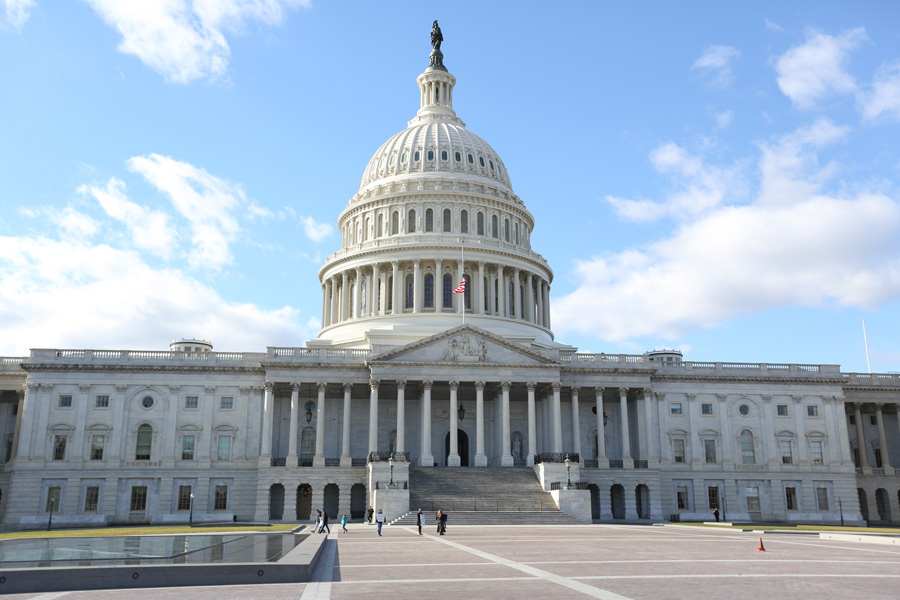
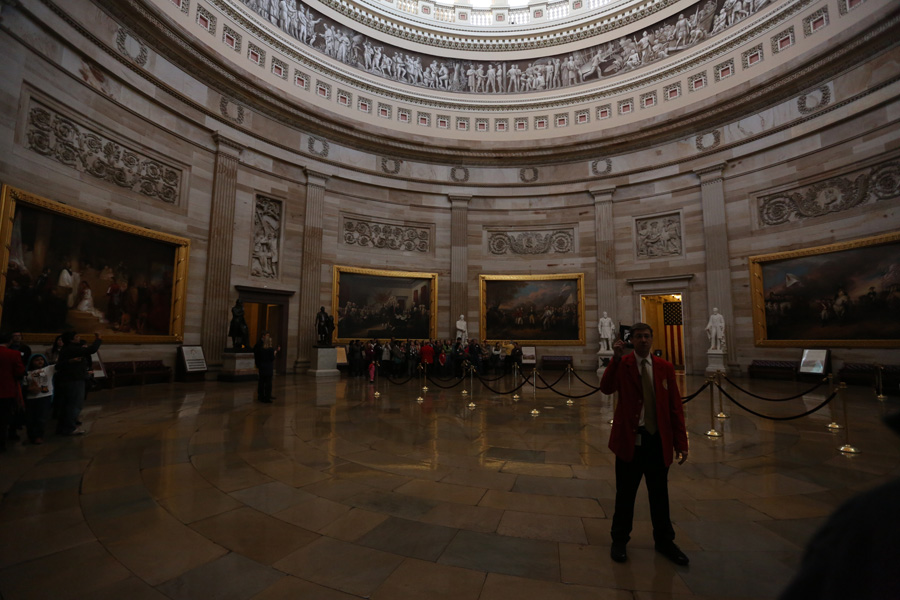
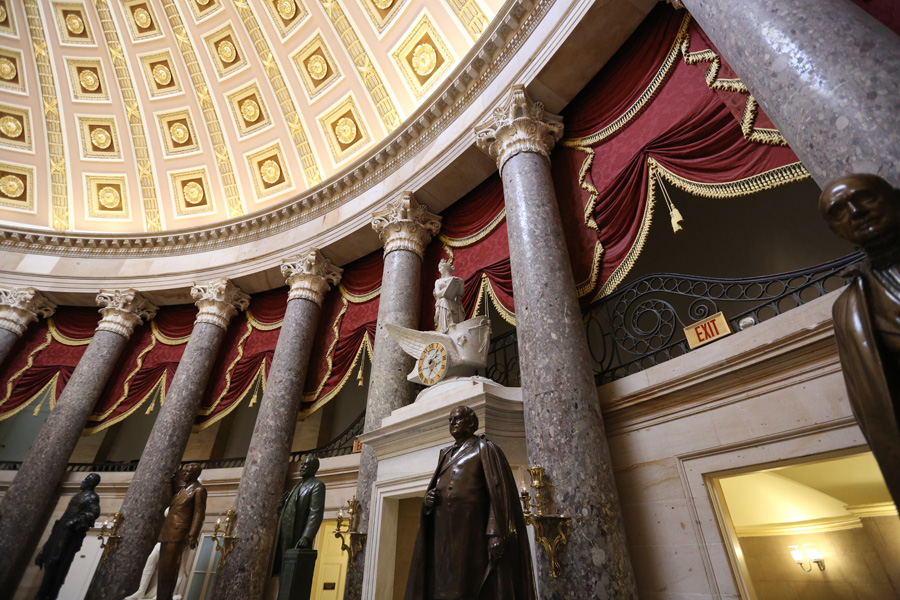
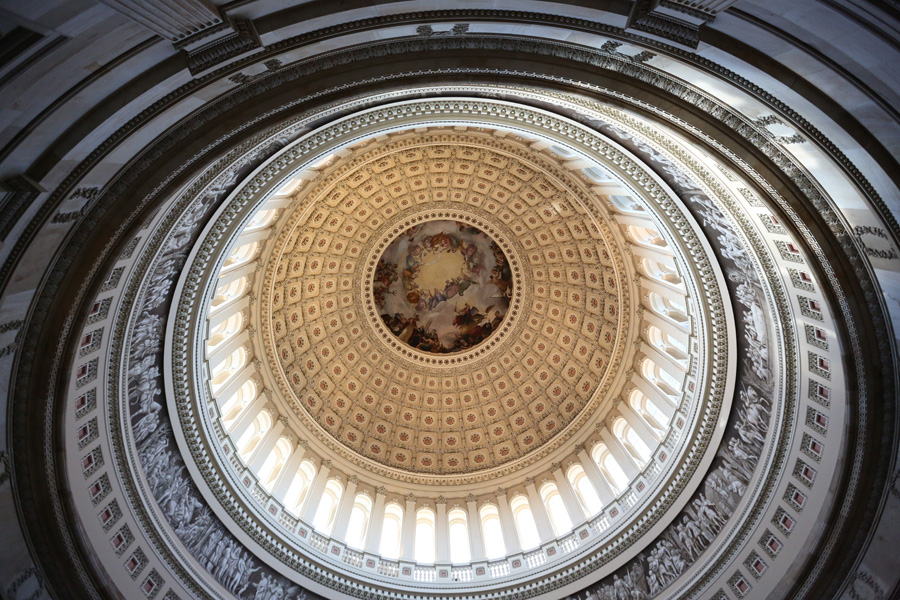
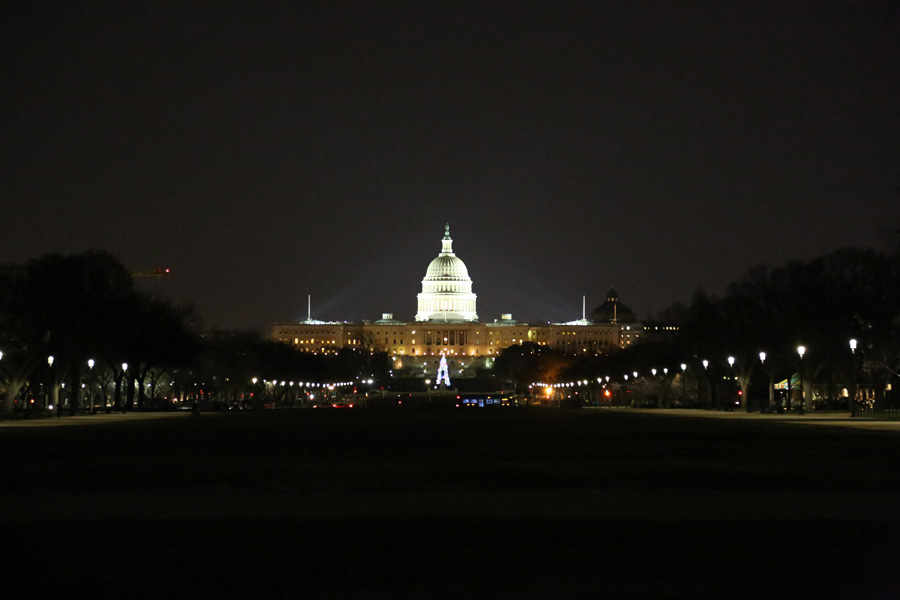
The Library of Congress
Some of the highlights in the Library of Congress are the Thomas Jefferson’s Library, the Library of Congress Bibles Collection, as well as many other historical exhibits. I enjoyed wandering around the Thomas Jefferson’s Library section which contains the 6,487 volumes of books that started the Library of Congress.
Tip: Take the underground tunnel from the Capitol to the library and you won’t have to go through any extra security since you have already cleared the more extensive check when you entered the Capitol.
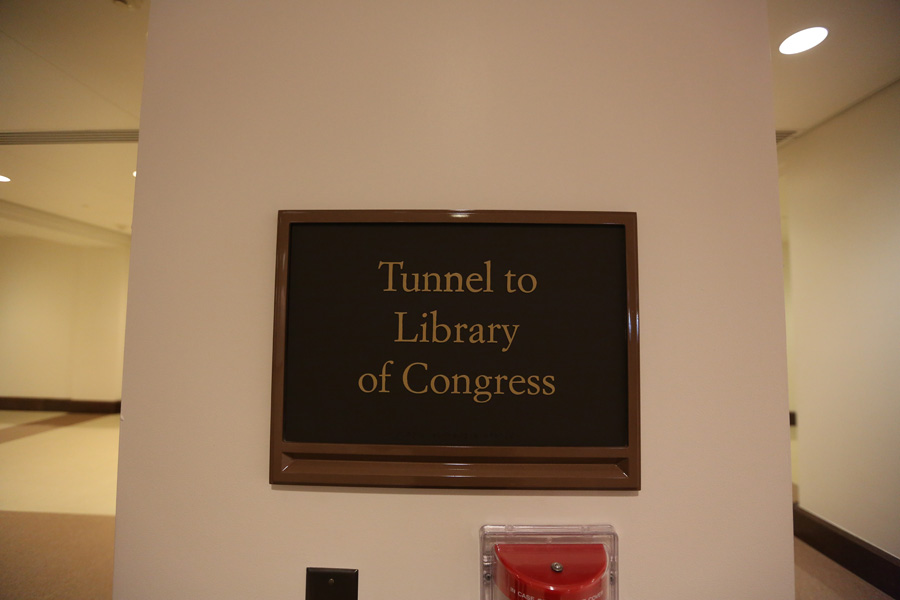
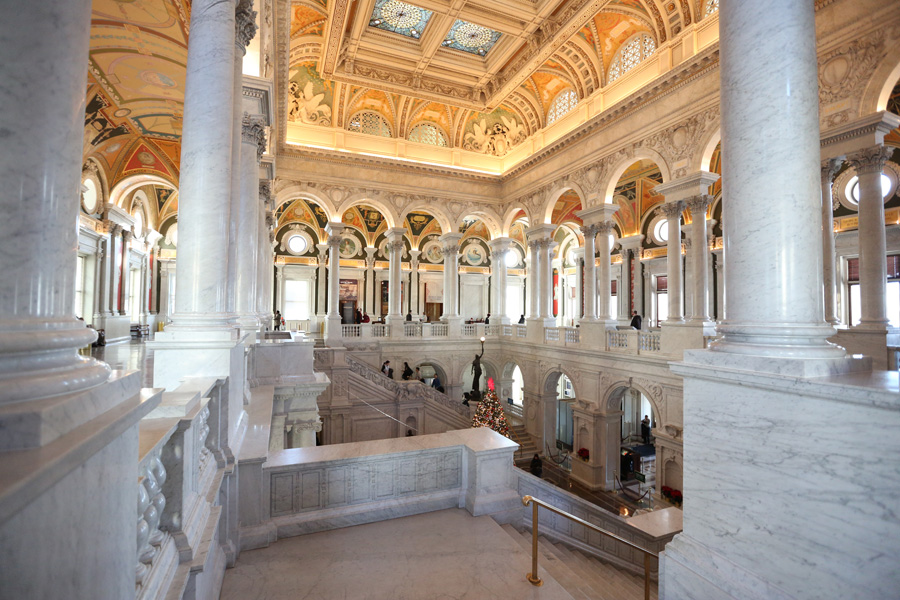
United States Botanic Gardens
The Botanic Gardens are a beautiful spot to immerse yourself in a world that feels far away from the commotion of the city. Inside the Conservatory, there is a jungle like atmosphere and mini statues of the monuments along the National Mall. There are also numerous other gardens to roam around, both inside and out.
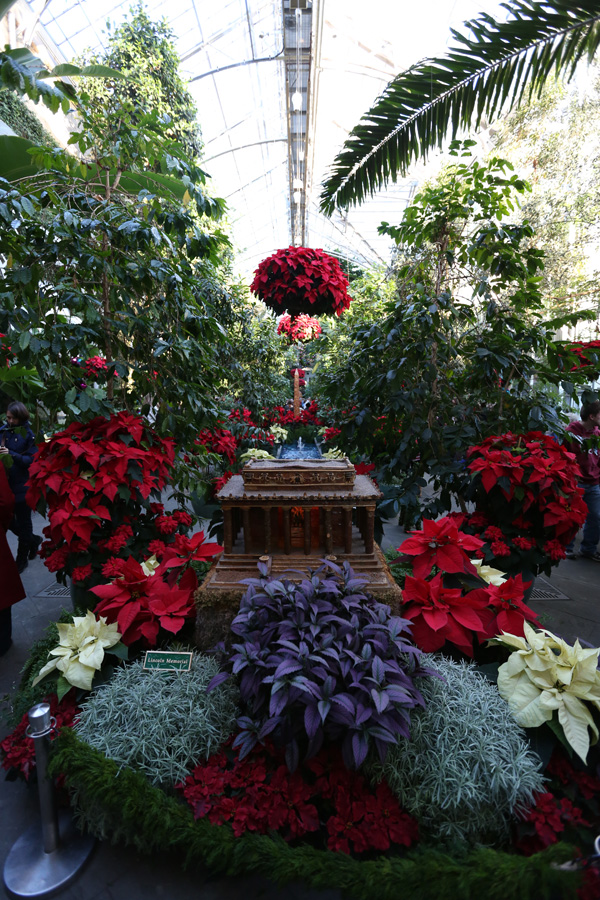
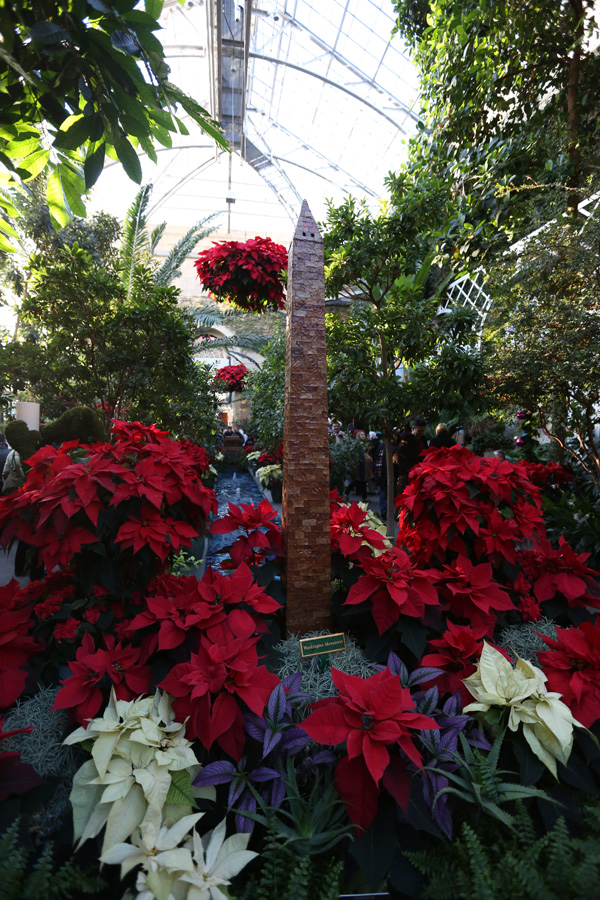
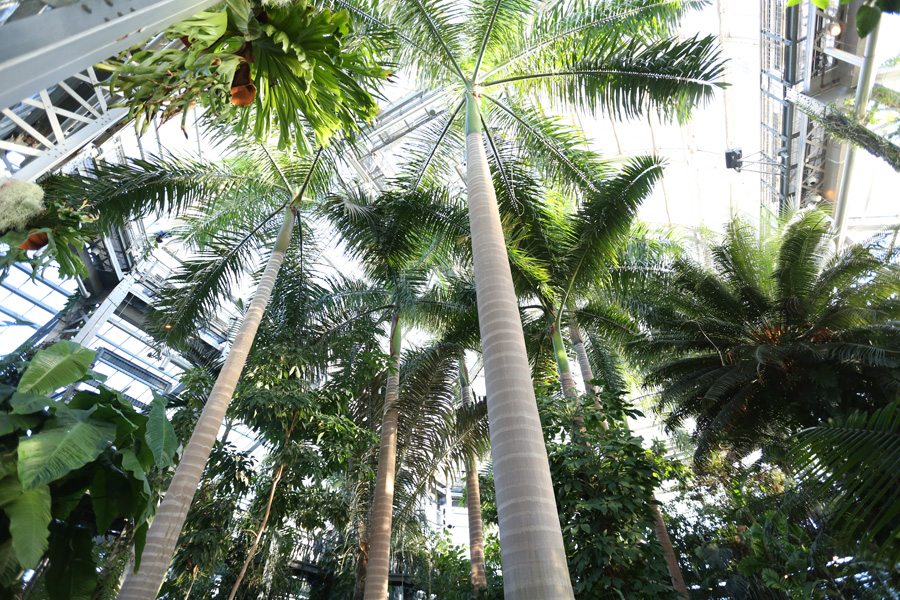
Smithsonian Institution
The Smithsonian Institution includes 19 different galleries and museums as well as the National Zoological Park. Some of the museums included in the Institution are the African Art Museum, the Air and Space Museum, the American History Museum, the National History Museum, the National Zoo and the Portrait Gallery. Each museum covers a large amount of ground, so it would be near impossible to visit them all in a weekend; although, we did make it to two: the Air and Space Museum and the American History Museum. I am kind of an aviation geek, so I enjoyed the history of flight at the Air and Space Museum and the American History Museum displayed iconic artifacts such as Dorothy’s ruby-red slippers from the Wizard of Oz, Kermit the Frog and the Emancipation Proclamation signed by Abraham Lincoln, and the suit Lincoln was wearing when he was assassinated.
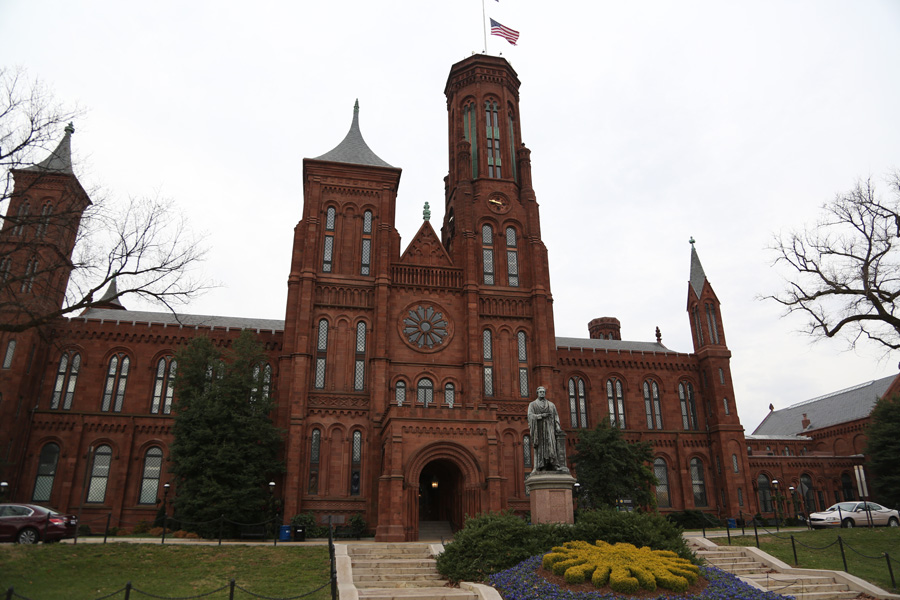
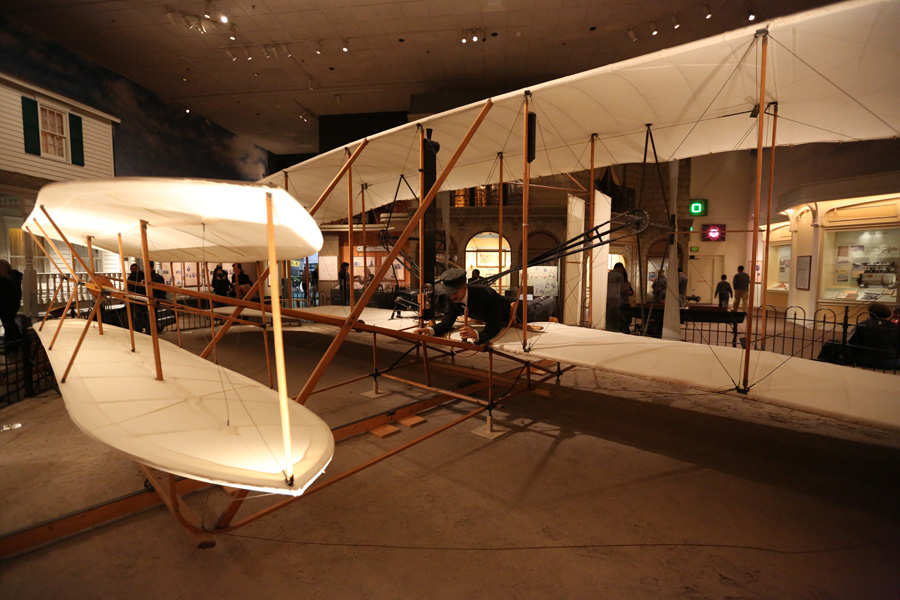
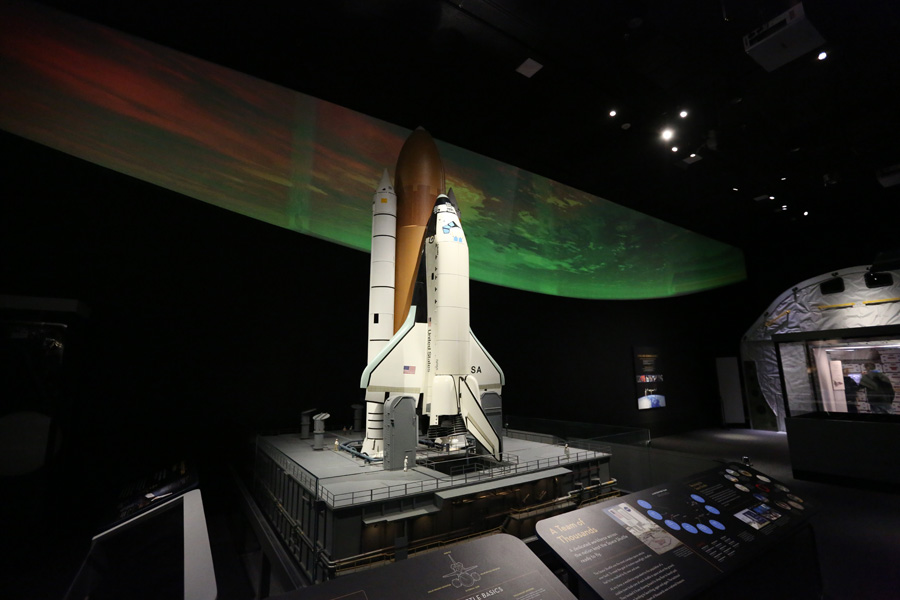
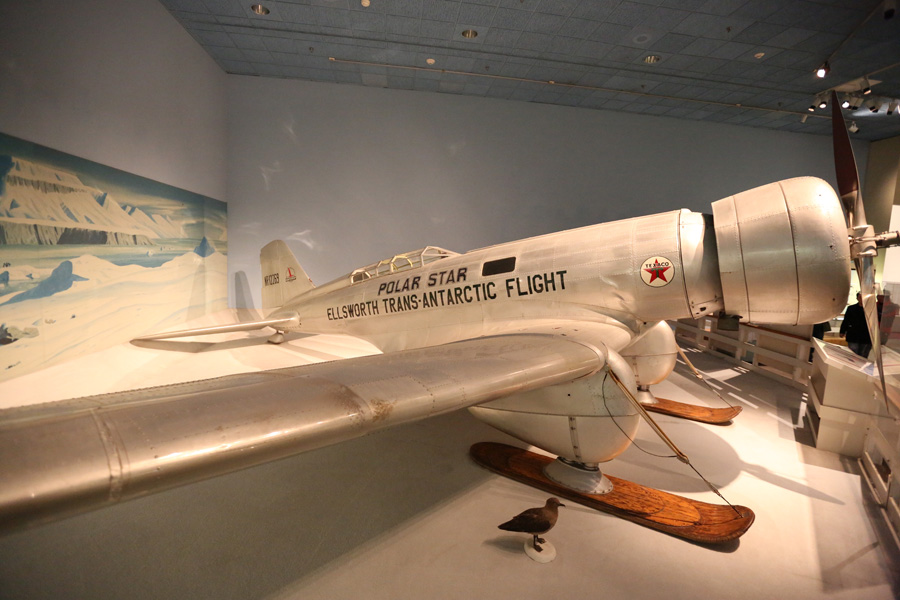
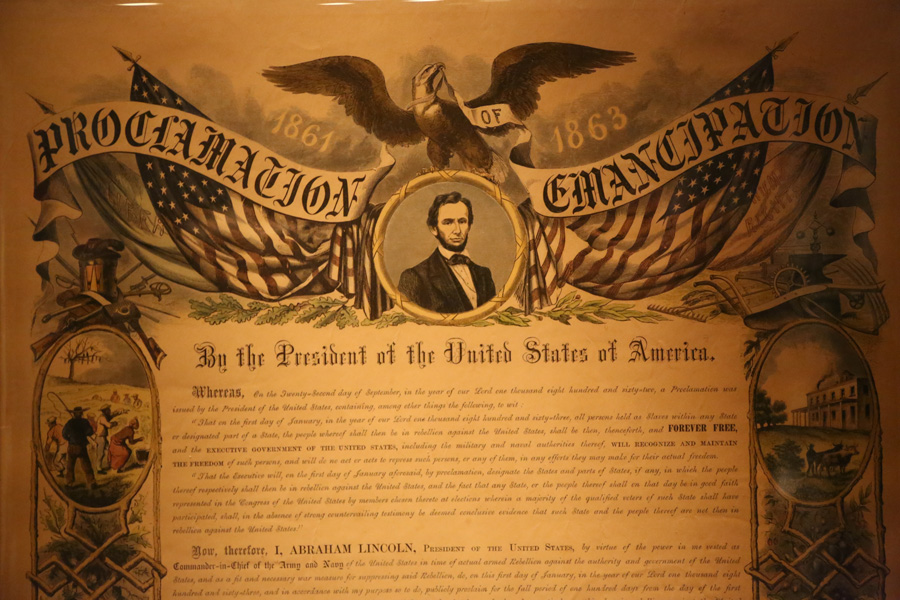
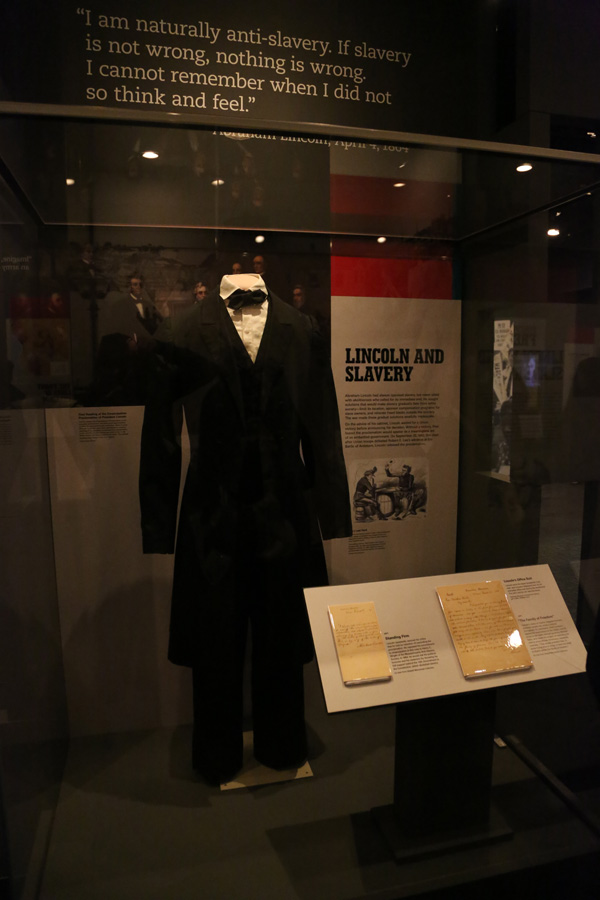
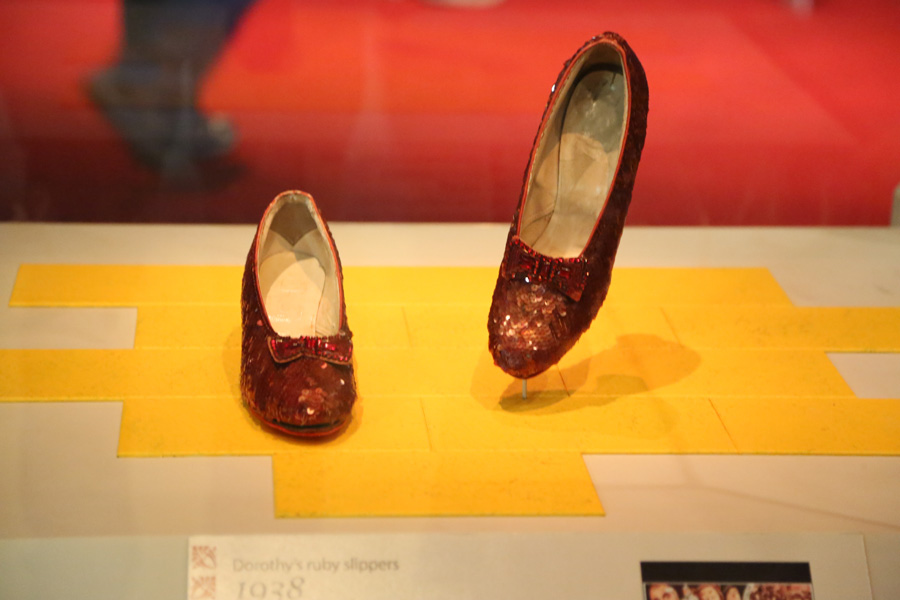

Washington Monument
Set to reopen in 2014, the Washington Monument is currently undergoing construction. After damage from Hurricane Irene and the Virginia Earthquake in 2011 the structure was deemed unsafe for tours. The history of this monument is quite interesting. This monument was built to commemorate George Washington. Construction began in 1848, but due to a lack of funds and the American Civil War, construction was halted in 1854. In 1877, construction resumed once again and the final stone was set in 1885. You can still see the line where the break in construction happened because the color of bricks changed. At the time of completion, the monument was the tallest structure in the world, standing at 555 ft 5 1/8 in tall; to this day, it is still the tallest true obelisk in the world. However, not long after construction was completed, the Eiffel Tower surpassed the height of the Washington Monument and became the new holder of the title, tallest building in the world.
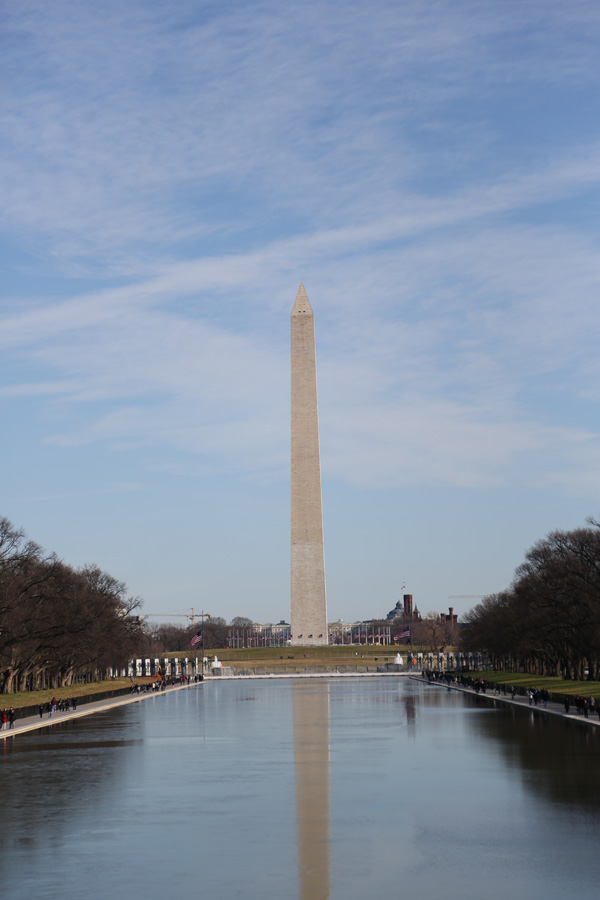
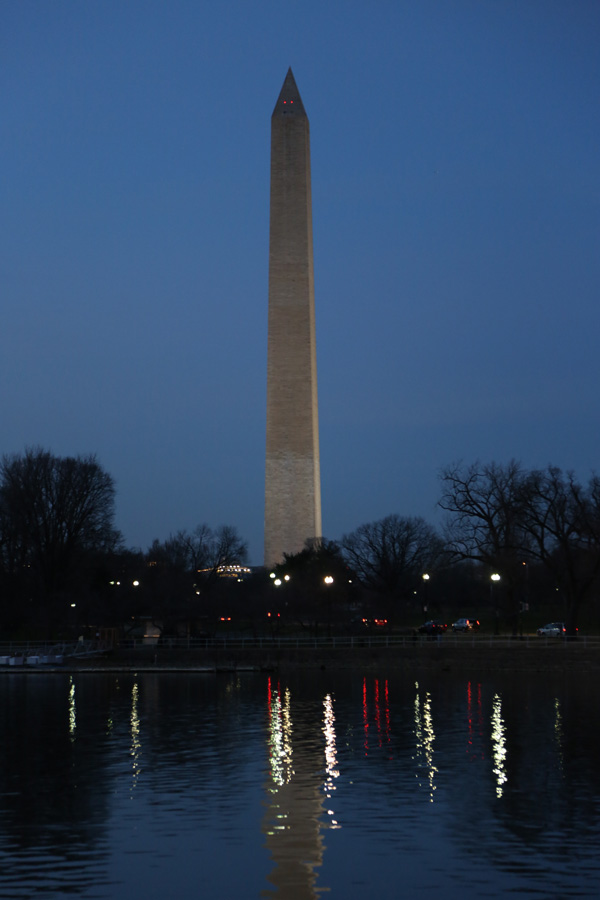
National WWII Memorial
The National WWII Memorial sits near the Washington Monument at the east end of the
reflecting pool, and it honors all those who served in World War II. The Rainbow Pool, which is the fountain in the center of the memorial is anchored by two pavilions, one to the north and one to the south, and encircled by fifty-six pillars made from granite. Each pillar represents a state or territory and they are connected to one another by a bronze rope to symbolize the “bonding of the nation”.
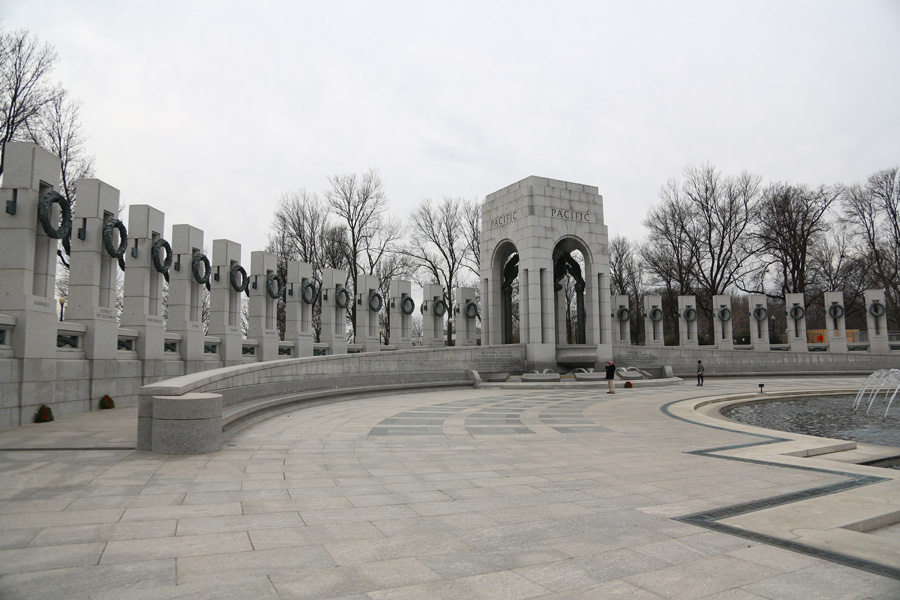
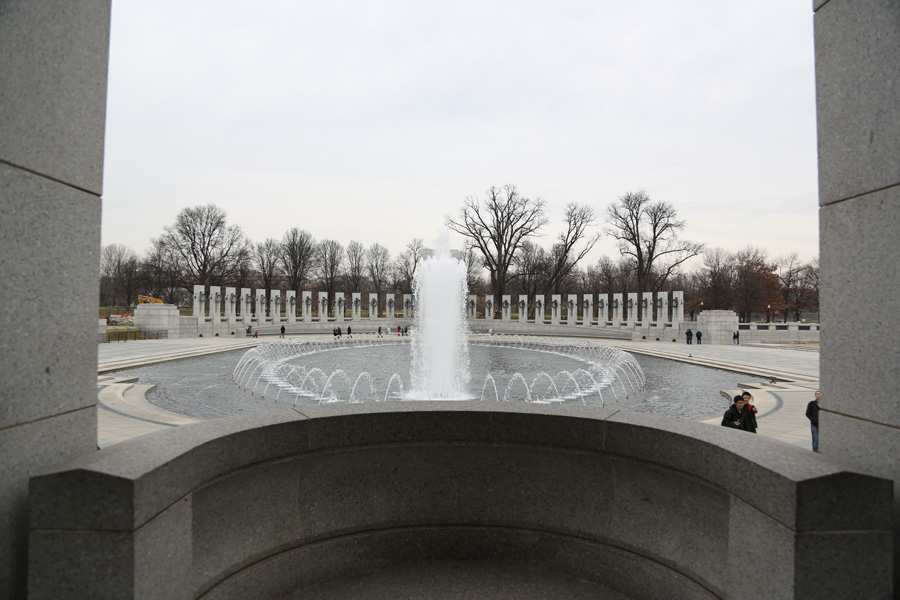
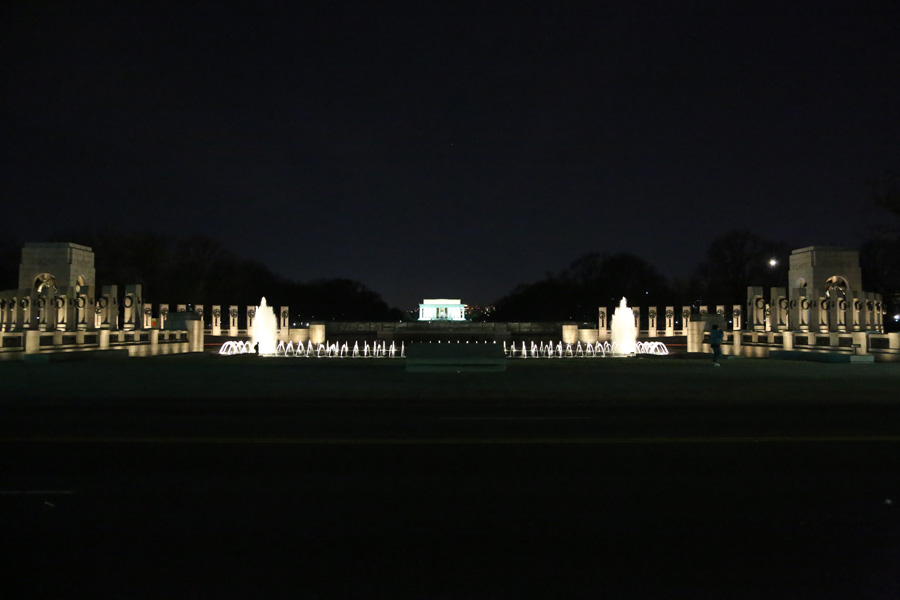
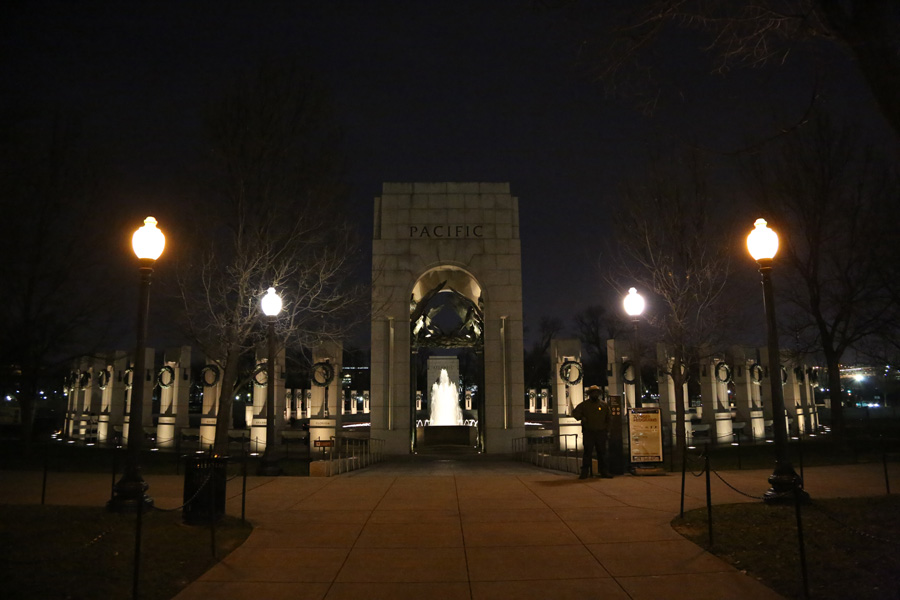
Korean War Veterans Memorial
The Korean War Veterans Memorial is located to the south of the Lincoln Memorial and is in the form of a triangle. Inside the triangle there are 19 statues of soldiers dressed in gear as though they are in combat. At the point of the triangle there is a circle that encompasses the Pool of Remembrance. There are also two walls on the long sides of the triangle, each displaying details of images and inscriptions related to the war. This was one of the only memorials that was not lit up well at night and was better to view during the day.
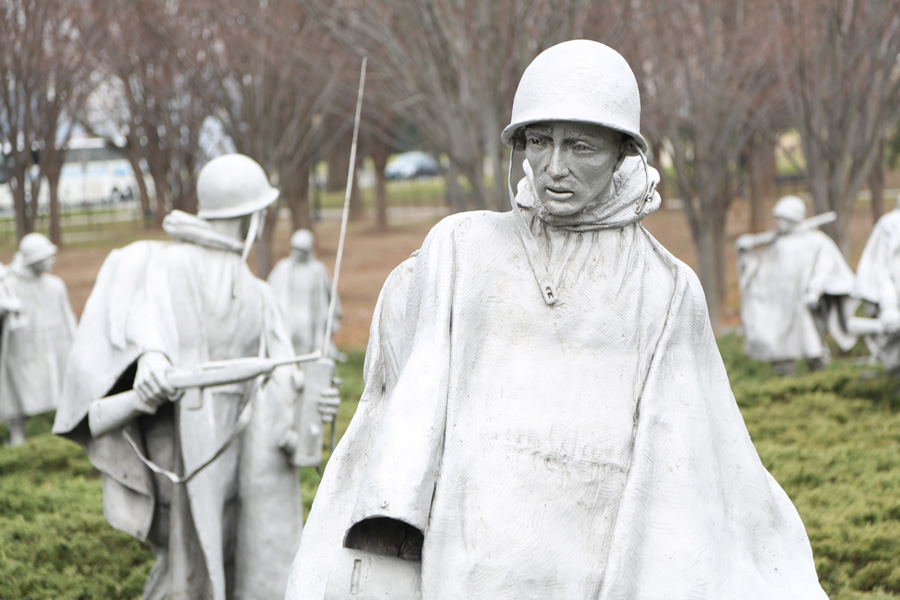
Lincoln Memorial
Sitting at the West end of the reflecting pool is the Lincoln Memorial build to honor Abraham Lincoln. The building is in the form of a temple and a large statue of Lincoln sitting in contemplation at the top of the stairs inside. This monument was the site of Martin Luther King, Jr.’s “I have a dream” speech, and where over 250,000 people gathered to listen.
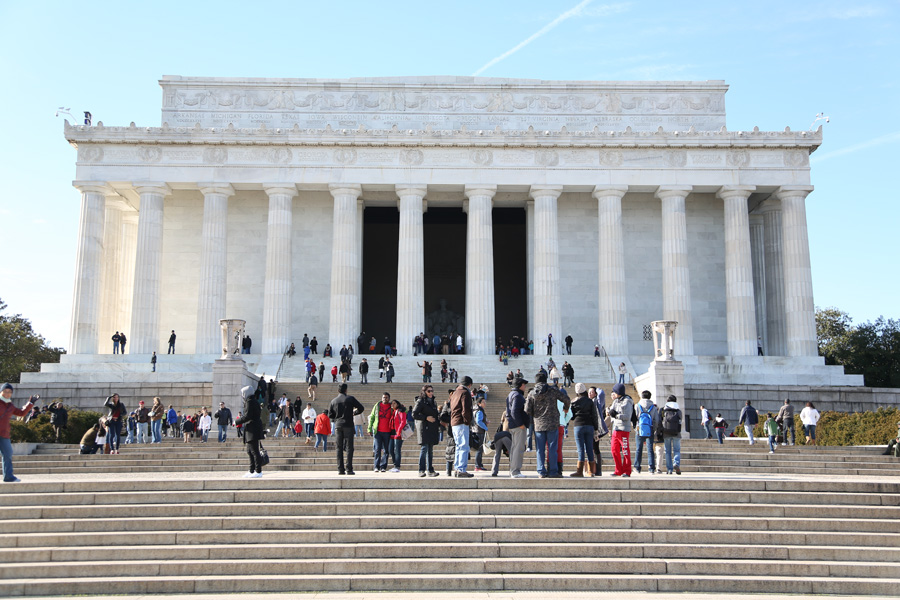
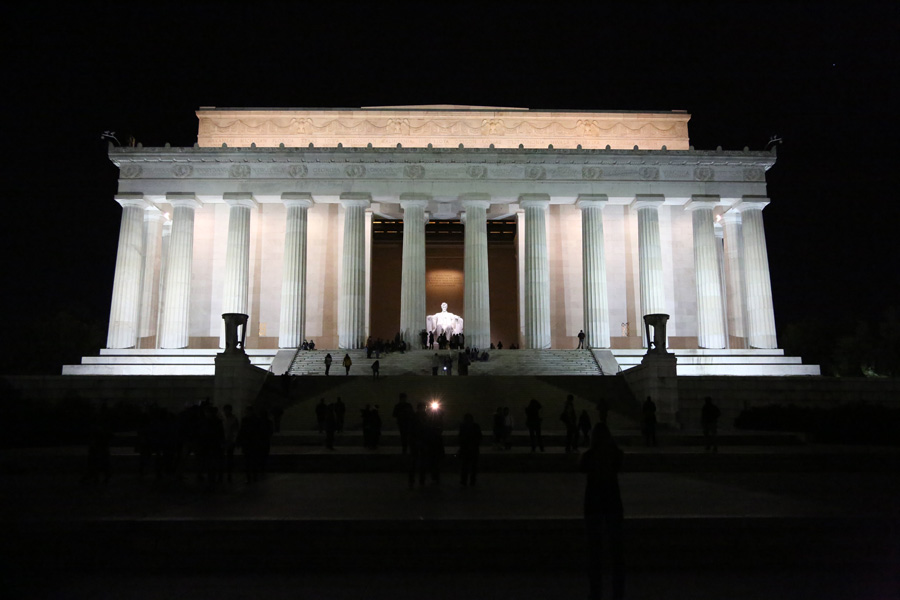
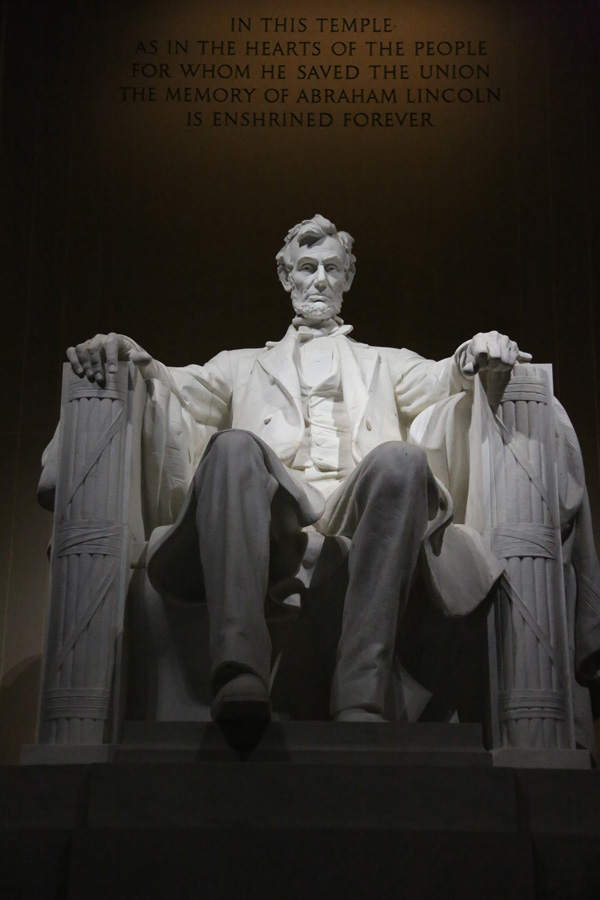
Vietnam Veterans Memorial
The Vietnam Veterans Memorial is a stones throw away to the north of the Lincoln Memorial. This wall is made from a black stone and had a reflective quality to it. The reflective nature of the wall combined with the engraved names, symbolizes bringing the past and present together as one. The names of the soldiers who lost their lives in the Vietnam War are inscribed in the wall.
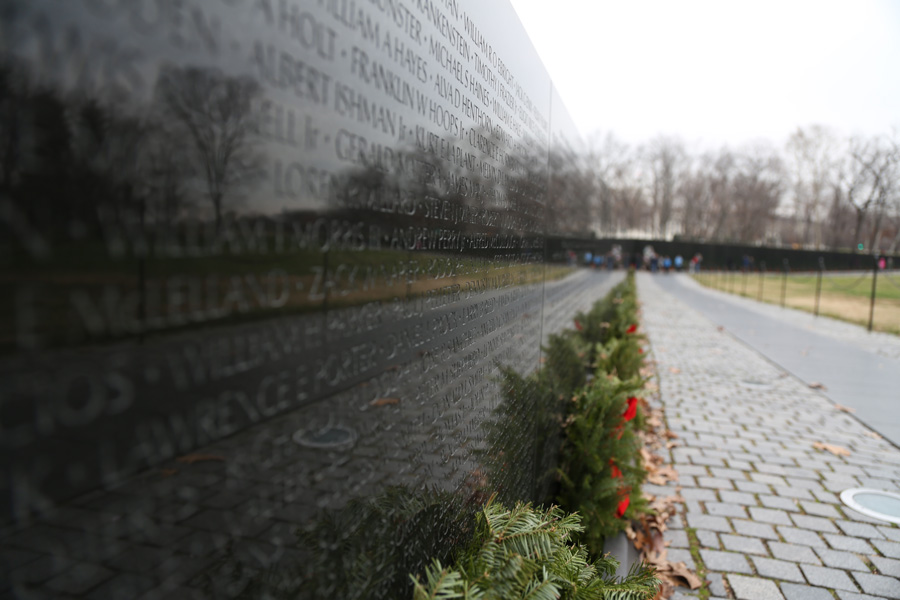
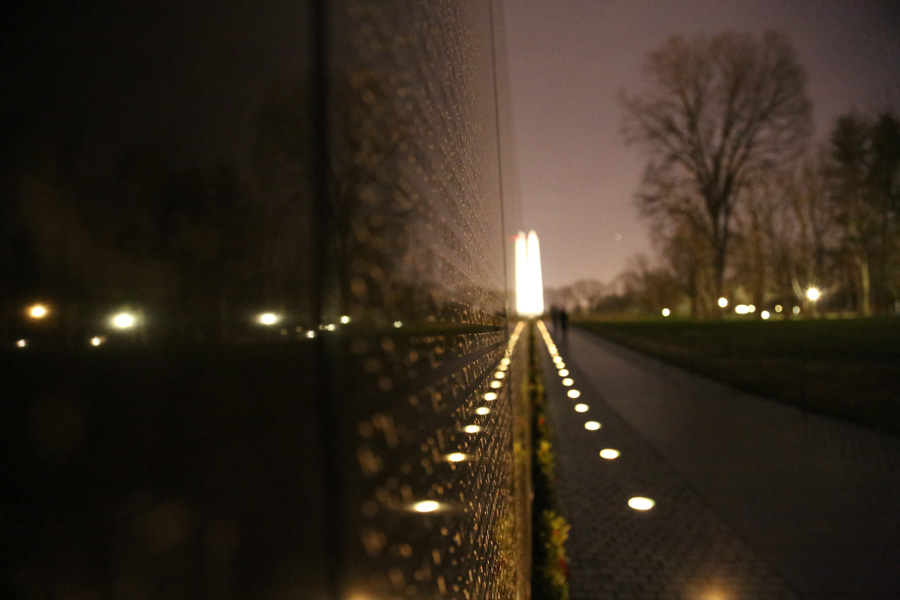
Albert Einstein Memorial
I also enjoyed the memorial dedicated to Albert Einstein which is located just across the street from the Vietnam Veterans Memorial. It was an unexpected monument I had not previously heard much about. There is a statue of Einstein holding a book that displays e=mc2, and quotes are displayed along the back of his bench. If you are in the area, it’s fun to stop by for a quick look.
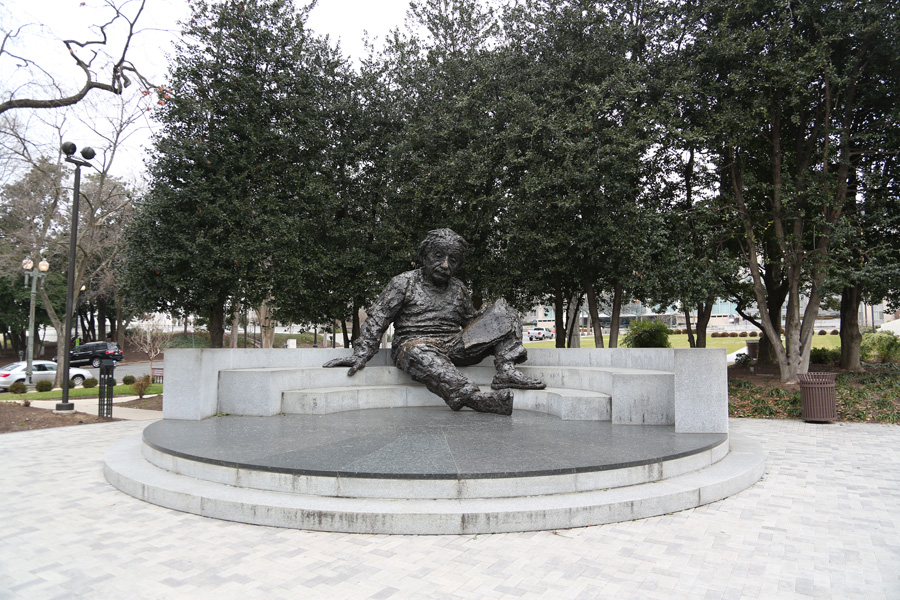
Jefferson Memorial, Martin Luther King, Jr. Memorial, & FDR Memorial
All three of these monuments are located along the far side of the Potomac River to the south of the Lincoln Memorial. We happened to catch an amazing sunset while looking at the Jefferson Memorial from across the Potomac River. By the time we walked over to the monument, it was lit up and glowing in full glory against the night sky.
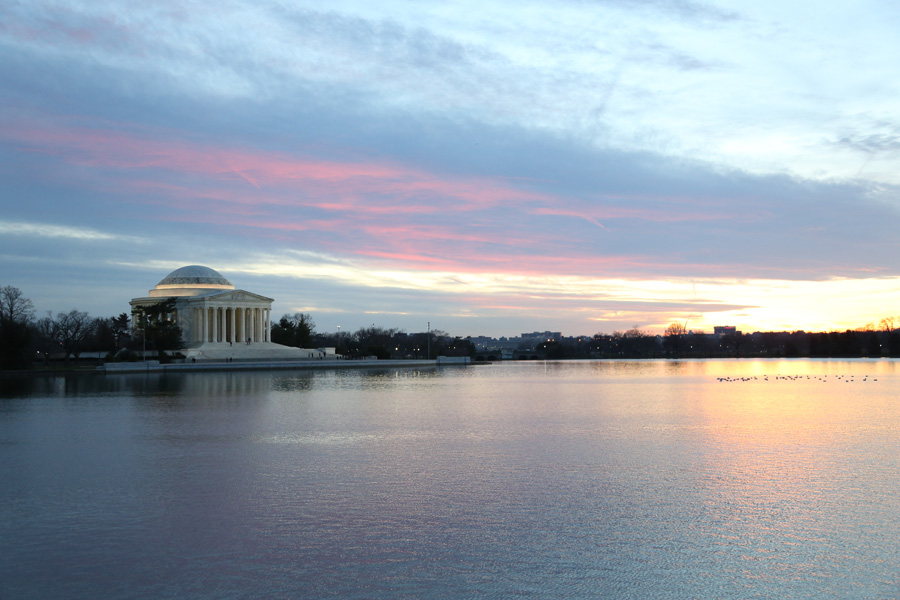
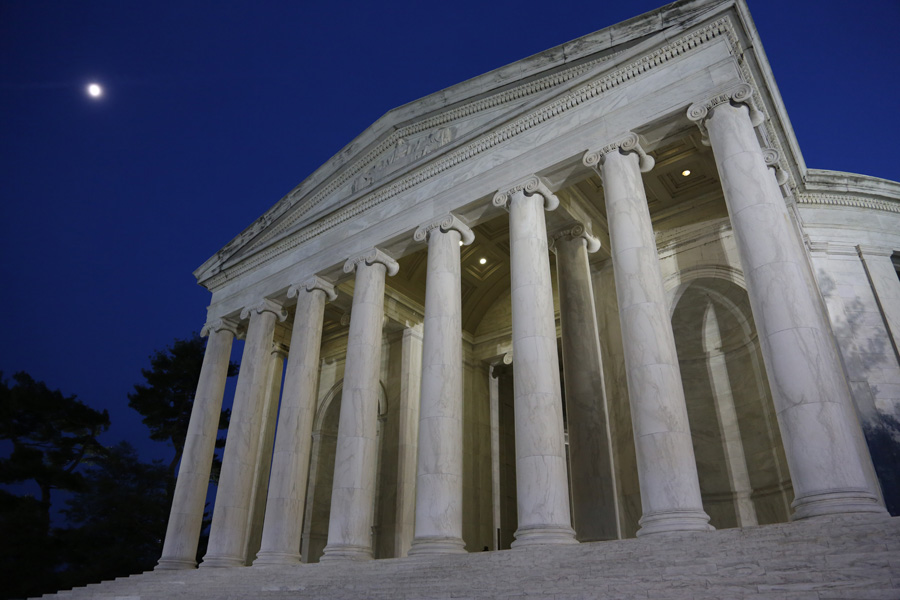
If you keep following the path in the West Potomac Park, you will happen upon the Martin Luther King, Jr. Memorial. This is the newest memorial near the National Mall, having only opened in August of 2011.
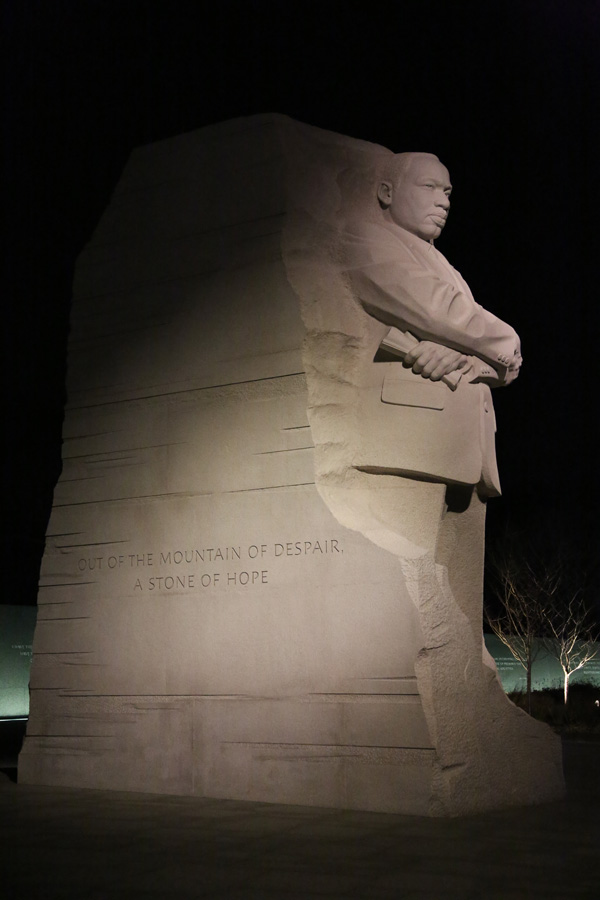
The Franklin Delano Roosevelt Monument is next along this path, and it was the most unexpected monument we saw–I really had no idea it was there, and even though we walked through it backwards, it was my favorite monument of them all. I loved contrast of the light and the waterfalls with the story of struggle that the statues told. It made you feel like there is hope even in times of despair.
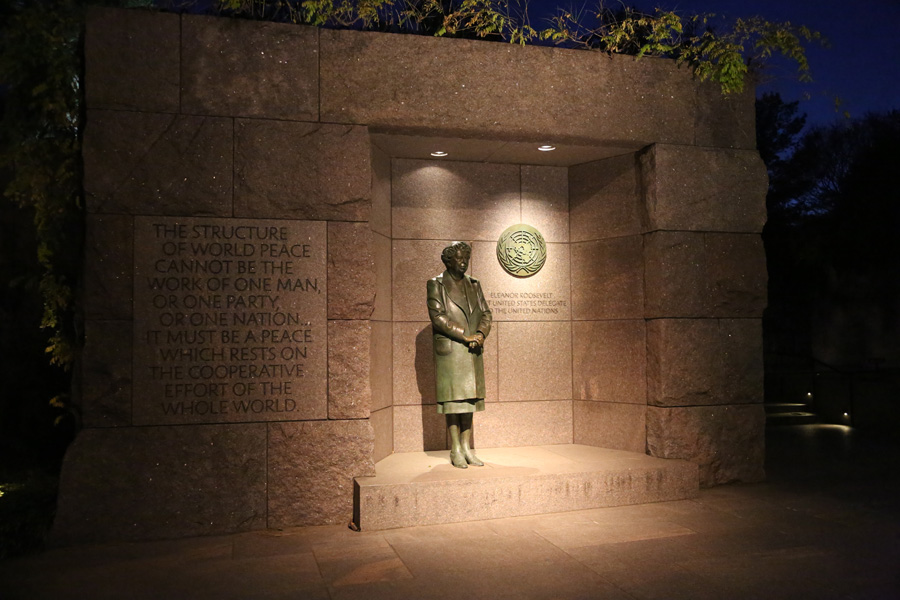
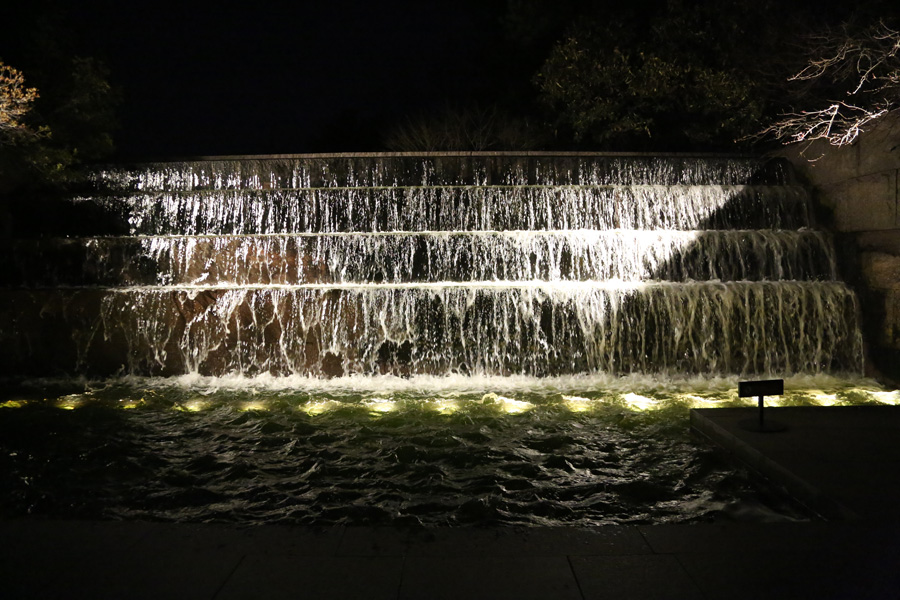
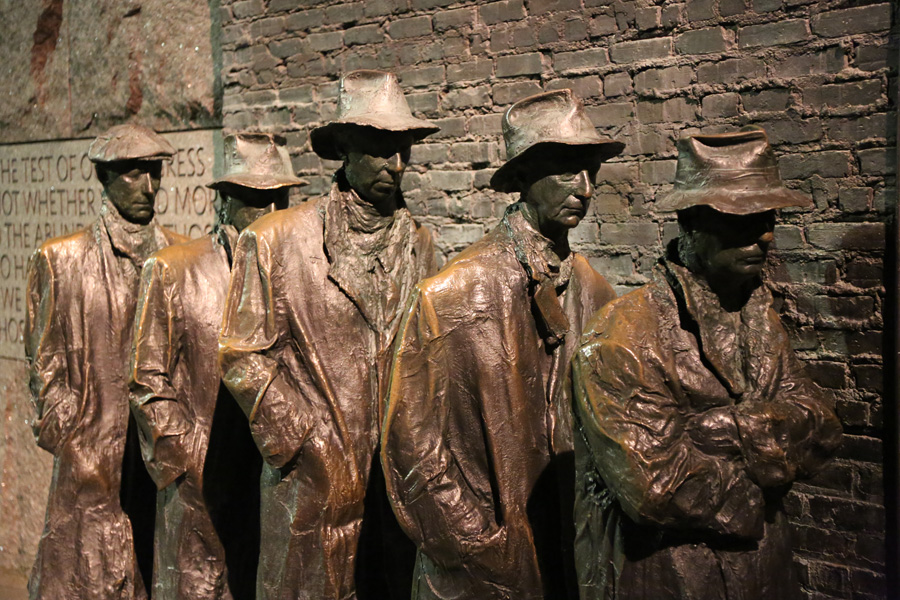
Arlington National Cemetery
This is not located along the National Mall, but it is nearby. The cemetery honors those who have served in the Armed Forces, and it is the most hallowed ground in the United States. Some of the highlights you can see are the eternal flame at John F. Kennedy’s gravesite, the changing of the guards at the Tomb of the Unknowns as well as many other memorials.
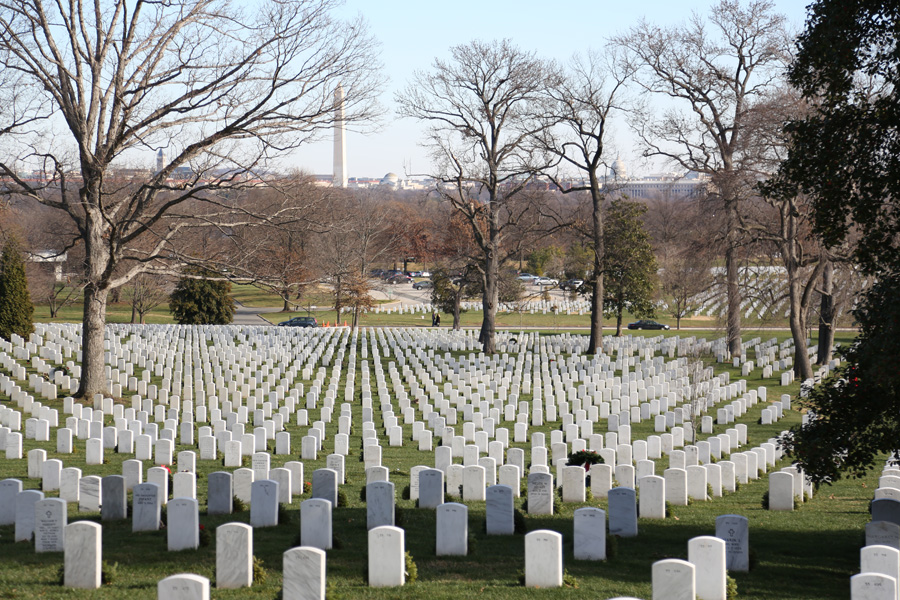
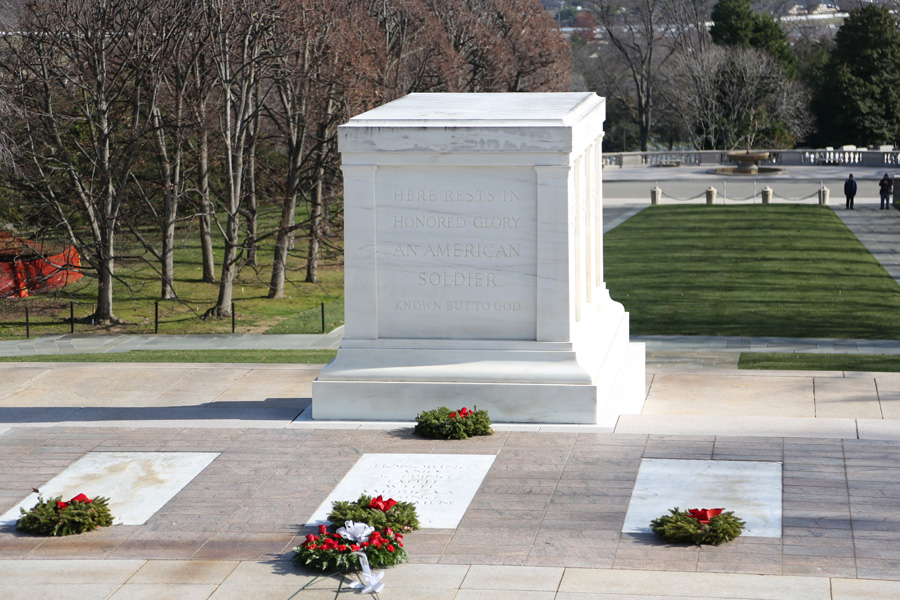
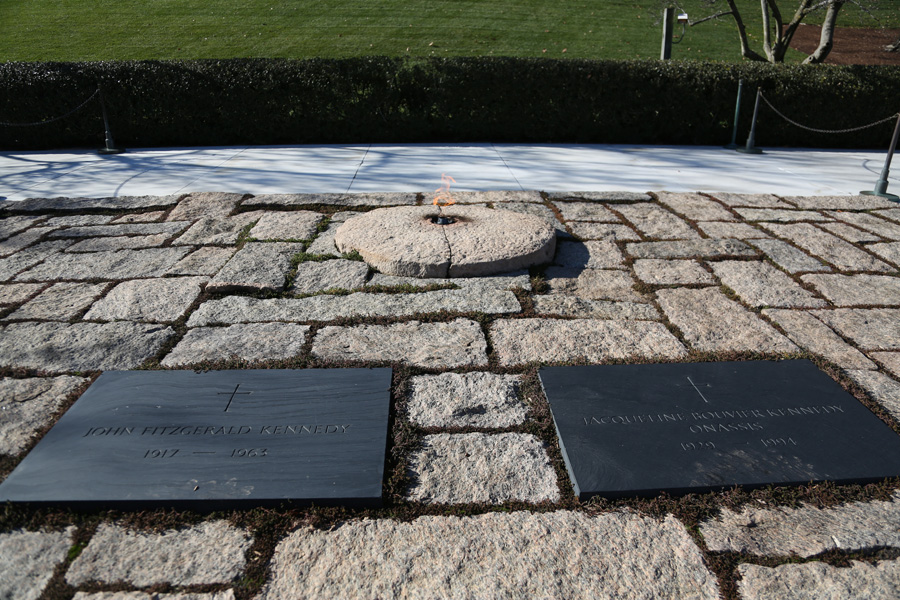

White House
And, of course, what trip to Washington, D.C., would be complete without a stop to look at the White House, especially during the holidays when there is a giant Christmas tree out front. The National Christmas tree is surrounded by smaller trees representing each state and territory in our nation. We took photos of the Florida state tree and the Minnesota state tree: our homes.
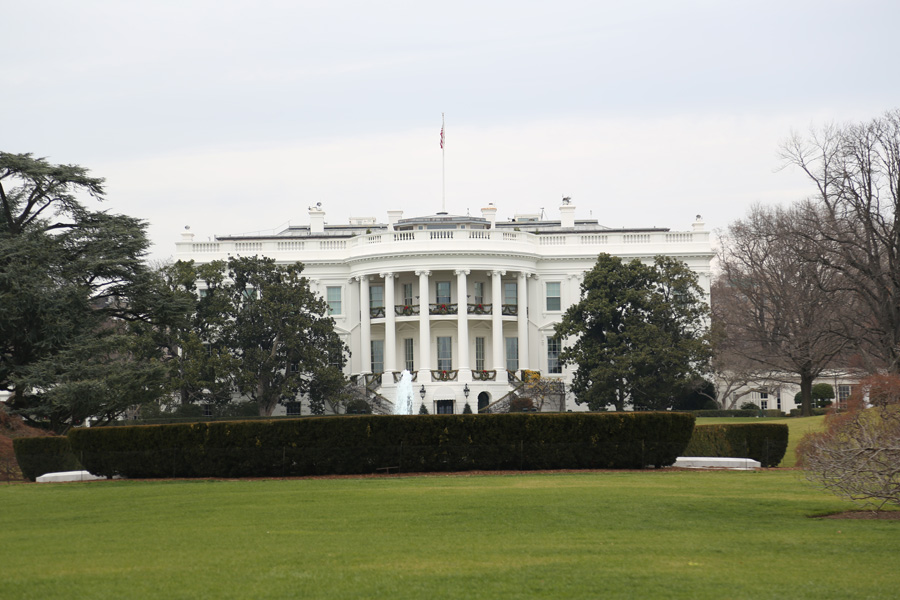
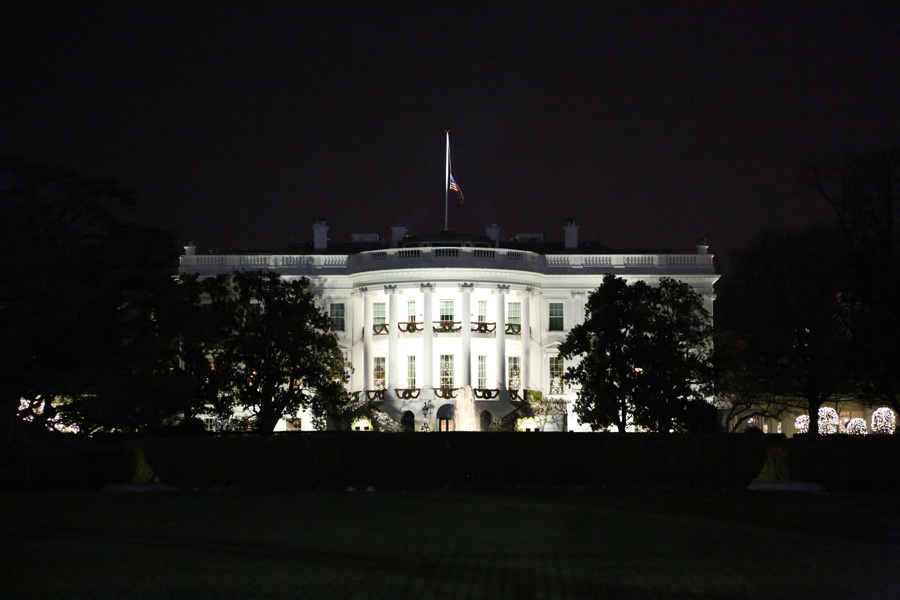
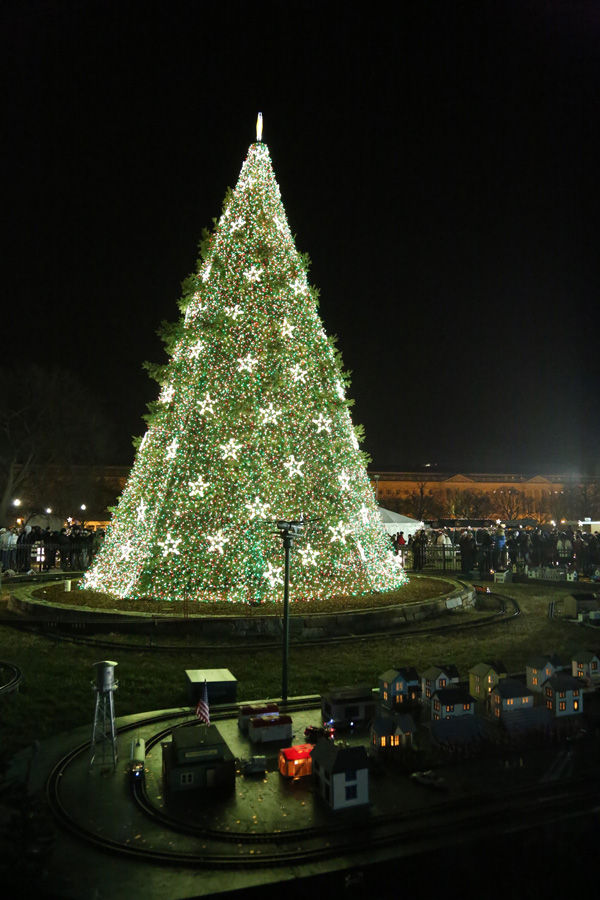
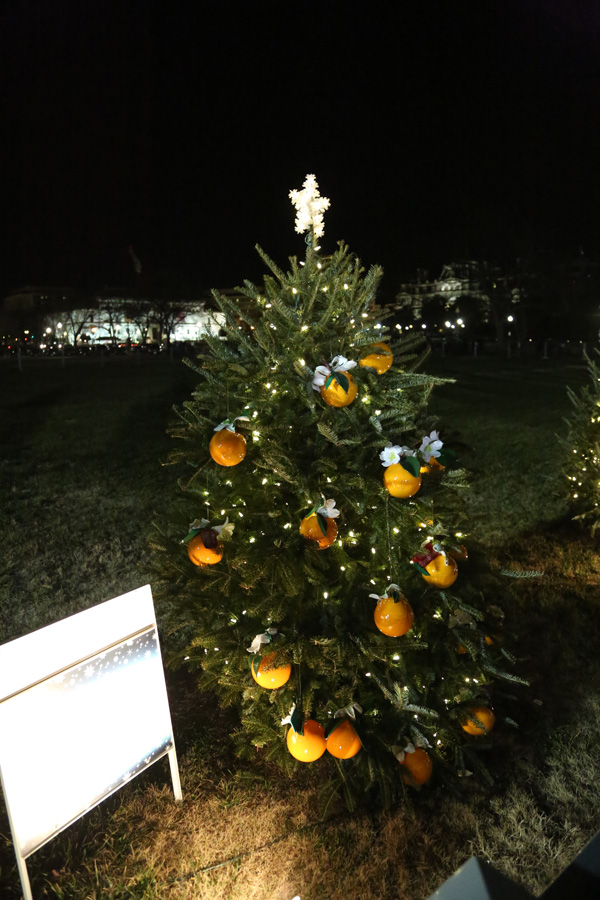
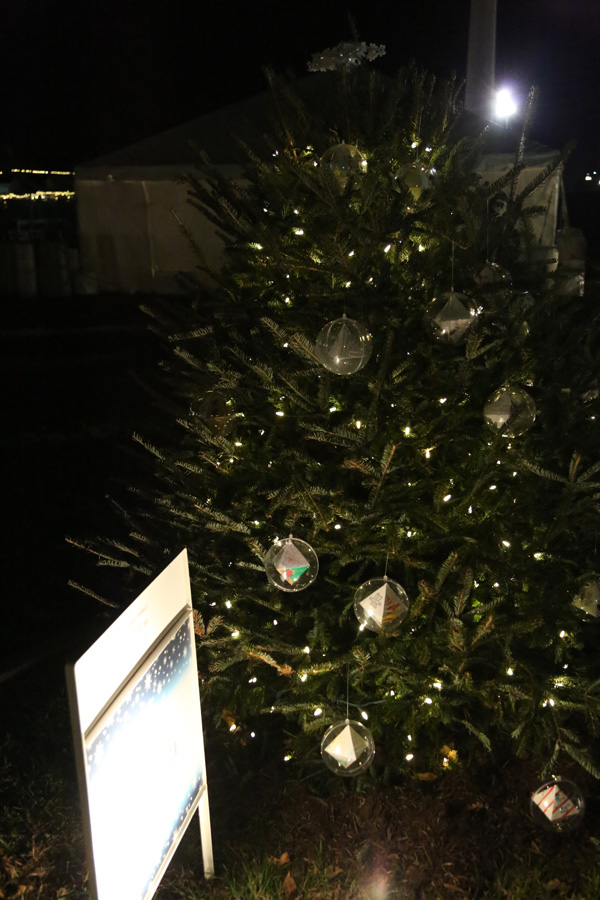
If you enjoyed this post and would like to receive new updates by email, be sure to sign up below! Thanks!

